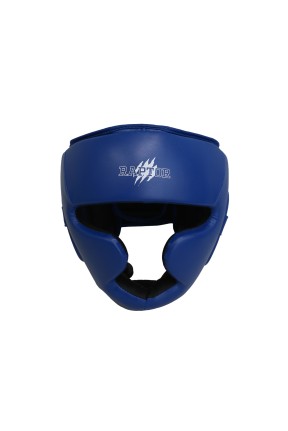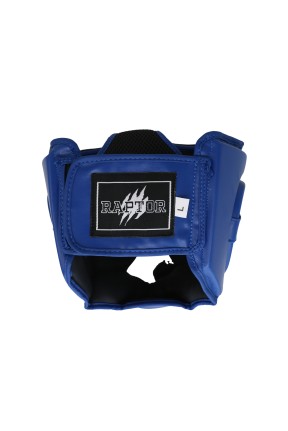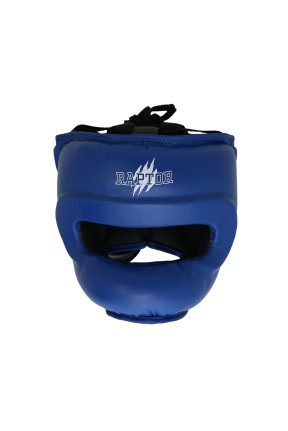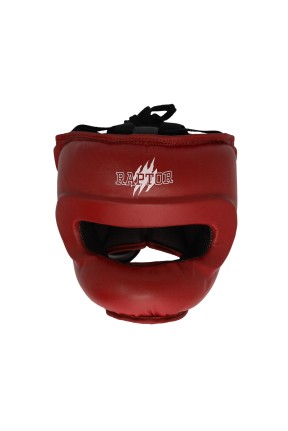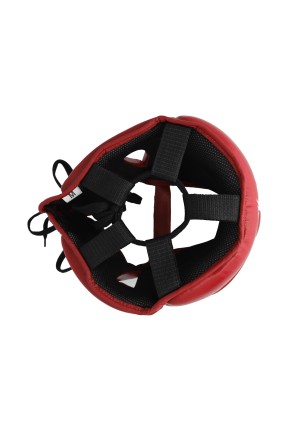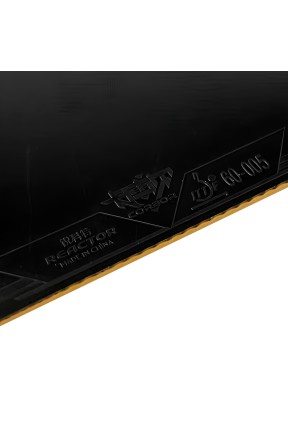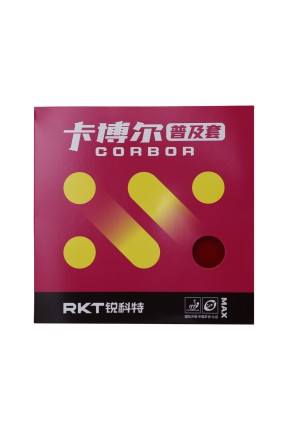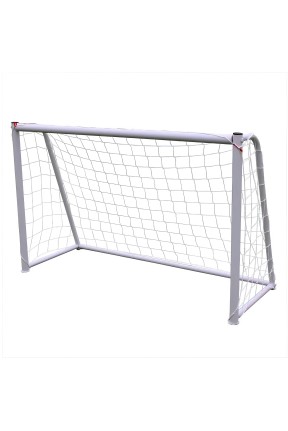Nodes Volleyball Antenna Set - Aluminum




- Menge: 1
- Marke: Nodes
- Artikelnr: N779V
Ürün Detayı
PRODUCT FEATURES
- Dimensions 70 Minimeters x 180 Centimeters
- Stitch Detail: 4x4 pcs. Polyester
- Handles are Velcro.
- Rods are made of aluminum material.
- Canvas 1100 D. u.v. Polyester
- Usage Professional
- Package Includes 2 Pcs - Volleyball Trainer Cover and Stick
A volleyball antenna is a piece of equipment used during the game of volleyball and is used to delimit the court in accordance with the rules of the game. A volleyball antenna consists of a pair of poles made up of thin and long sticks placed on either side of the volleyball court. The antennas are placed on both sides of the volleyball court and mark the boundaries of the playing field during the game.
Antenna Dimensions: The standard dimensions of volleyball antennas are set in accordance with international volleyball rules. Each antenna defines the side boundaries of the playing area and a ball that goes out of the playing area is considered out when it touches the antennas. Generally, the height of the antennas is different for men and women. For men, the height of the antennas is 2.43 meters (7 feet 11 5/8 inches), while for women it is 2.24 meters (7 feet 4 1/4 inches).
Use of Antennas: During play, the volleyball antennas are used to determine whether the ball goes in or out of the playing area. If the ball goes outside the antennas, it is considered a fault and results in the opposing team scoring points. However, if the ball passes through the antennas and stays inside the court, play continues.
Touching the Antennae: Players cannot pass the ball to the opposite side by touching the antennas. So, if the ball passes to the opposite side after touching the antennas, it is considered a fault.
Volleyball antennas are an important piece of equipment that ensures that the game is played in an orderly and fair manner. These antennas are used to determine whether the ball is inside or outside the playing area and ensure that the game complies with the rules.
Lorem Ipsum is simply dummy text of the printing and typesetting industry. Lorem Ipsum has been the industry's standard dummy text ever since the 1500s, when an unknown printer took a galley of type and scrambled it to make a type specimen book.
Lorem Ipsum is simply dummy text of the printing and typesetting industry. Lorem Ipsum has been the industry's standard dummy text ever since the 1500s, when an unknown printer took a galley of type and scrambled it to make a type specimen book.
Lorem Ipsum is simply dummy text of the printing and typesetting industry. Lorem Ipsum has been the industry's standard dummy text ever since the 1500s, when an unknown printer took a galley of type and scrambled it to make a type specimen book.
Lorem Ipsum is simply dummy text of the printing and typesetting industry. Lorem Ipsum has been the industry's standard dummy text ever since the 1500s, when an unknown printer took a galley of type and scrambled it to make a type specimen book.
Lorem Ipsum is simply dummy text of the printing and typesetting industry. Lorem Ipsum has been the industry's standard dummy text ever since the 1500s, when an unknown printer took a galley of type and scrambled it to make a type specimen book.



